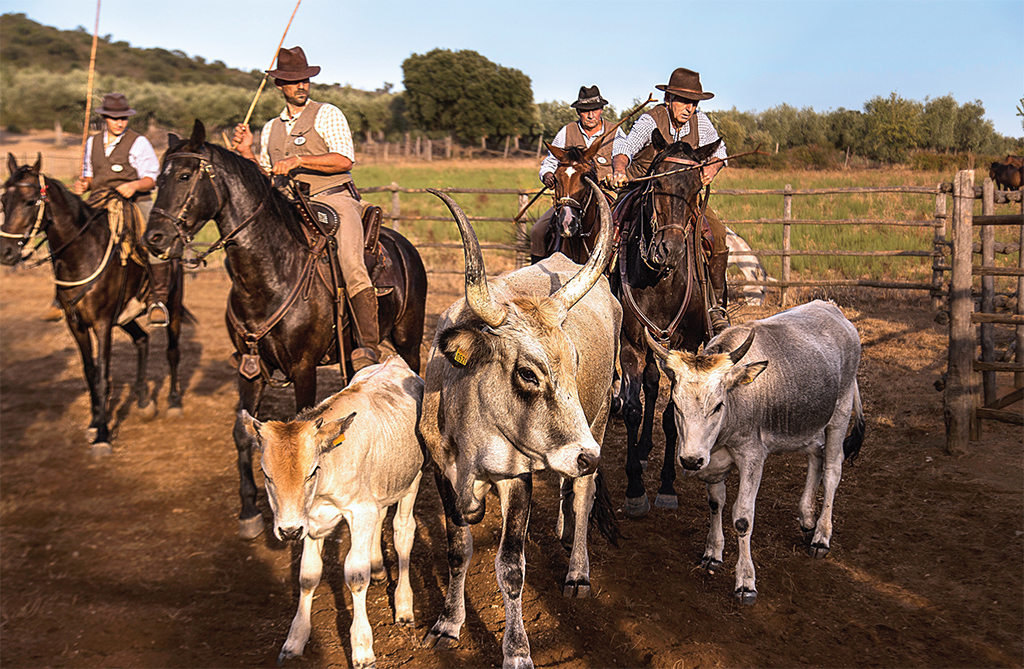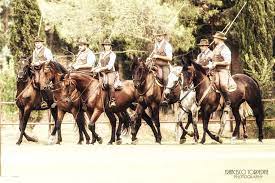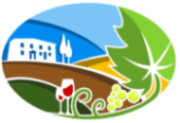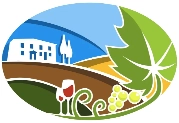
Who Are the Maremmani? Exploring the History and Culture of Maremma’s People
 Who Are the Maremmani? the History and Culture of Maremma’s People
Who Are the Maremmani? the History and Culture of Maremma’s People
Maremma, a picturesque region in Tuscany, Italy, is renowned for its breathtaking landscapes, rich history, and unique cultural heritage. Among its many treasures is the identity of its people, known as the Maremmani.
But who exactly are the Maremmani? To truly understand their essence, we must explore their history, location, notable figures, influence during the Roman era, language, and artistic contributions.
The History of the Maremmani
The Maremmani people have a deep-rooted history that dates back thousands of years. Originally inhabited by the Etruscans, Maremma was a vital part of the ancient world due to its strategic coastal location and fertile lands. The Etruscans, known for their advanced civilization and artistic prowess, left an indelible mark on the region before it was absorbed into the Roman Empire.
During the medieval period, Maremma experienced a decline due to widespread malaria, leading to depopulation and economic hardship. However, in the Renaissance era, efforts to reclaim and develop the land led to a resurgence in population and agriculture. Today, the Maremmani people take great pride in their rich heritage and traditions that have been passed down through generations.
Location of Maremma
Maremma stretches across the southwestern part of Tuscany, extending into the northern region of Lazio. It is characterized by a diverse landscape of rolling hills, dense forests, and pristine coastline along the Tyrrhenian Sea. The region encompasses notable towns such as Grosseto, Scansano, Orbetello, and Pitigliano, each offering a glimpse into the Maremmani way of life.
This region is not only known for its natural beauty but also for its agricultural excellence, including vineyards producing world-famous wines like Morellino di Scansano and olive groves yielding high quality extra virgin olive oil.
Influential Leaders of the Maremmani
Throughout history, Maremma has been home to influential leaders who played a significant role in shaping the region’s identity. The Etruscan rulers, such as the legendary King Larthia, established thriving cities and trade networks that connected Maremma to other parts of the Mediterranean.
During the Renaissance, noble families like the Aldobrandeschi and Medici invested in the development of the land, helping to revive Maremma’s economy and cultural landscape. In modern times, Maremmani leaders have focused on preserving the region’s unique identity through sustainable agriculture and tourism.
The Romans in Maremma
The arrival of the Romans in the 3rd century BC brought significant changes to Maremma. The region was incorporated into the Roman Empire, becoming a crucial area for agriculture and trade. The Romans introduced advanced irrigation systems, road networks, and architectural innovations, many of which can still be seen today in towns like Roselle and Cosa, where well-preserved ruins offer a glimpse into Maremma’s Roman past.
Despite Roman influence, the Maremmani people retained elements of their Etruscan heritage, blending the two cultures into a distinctive regional identity.
Language and Dialects of Maremma
The primary language spoken in Maremma is Italian, but the region has its own distinct dialect known as Maremmano or Tuscan Maremmani, which reflects influences from Etruscan, Latin, and modern Italian. The dialect features unique vocabulary, pronunciation, and expressions that set it apart from standard Italian.
The Maremmani dialect is considered a cultural treasure, with locals often using it to express their deep connection to the land and their history.
Art and Cultural Contributions
Maremma boasts a rich artistic heritage influenced by its Etruscan, Roman, and Renaissance past. The region is home to numerous archaeological sites, museums, and art galleries showcasing everything from ancient pottery to medieval frescoes.
The Etruscans were master artisans, creating intricate jewelry, ceramics, and bronze sculptures that continue to inspire modern Maremmani artists. During the Renaissance, Maremma became a hub for painters and sculptors who depicted the region’s landscapes and people with extraordinary detail.
Today, Maremma’s art scene remains vibrant, with contemporary artists drawing inspiration from the region’s natural beauty and historical legacy.
The Maremmani Spirit
At the heart of the Maremmani identity lies a deep connection to the land, strong family values, and a passion for preserving their heritage. Whether through traditional farming practices, culinary traditions, or folk music and dance the Maremmani people embody a unique blend of history and modernity.
Visiting Maremma offers an unparalleled opportunity to experience the authentic Tuscan lifestyle, where ancient traditions coexist with modern sustainability efforts.
The Maremmano people are a proud and resilient community with a storied past that continues to shape their present and future. From their Etruscan origins to their Roman influences and modern-day contributions, the Maremmani heritage is a testament to the enduring spirit of this captivating region.
If you’re looking to immerse yourself in the beauty and history of Tuscany, Maremma and its welcoming Maremmani people is the perfect destination.

